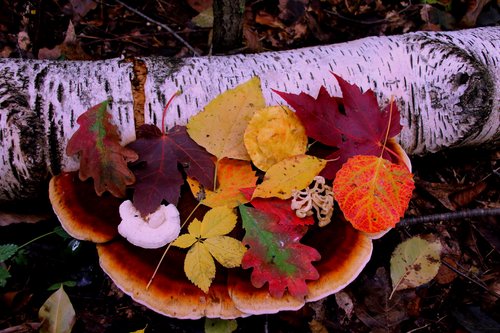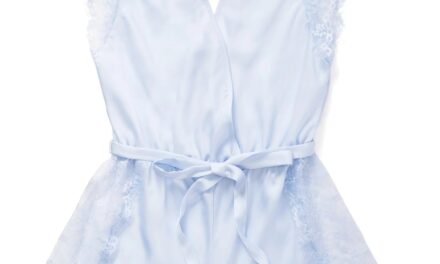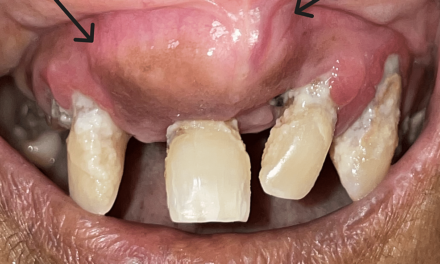The air, temperatures, even light rain and morning fog are combining with habitat transformations to say autumn, act fall and fill coffers for winter.
Yes, nature is painting a pretty picture and providing the weather to enjoy fall fishing, waterfowl hunting, early archery, and limited grouse and woodcock treks to the north woods. Do not forget to photograph or at least store in mind’s files what fall all looks like when greens are waning and red of maples, yellow walnuts leaflets, purple elderberry fruits, blue gentian blooms, orange pumpkins (white, too) and amber oak leaves provide a colorful hullabaloo.

Waterfowl hunting would not be as inviting without wet, rust reeds to go with the real and simulating call tones. The Southern Zone opened Sept. 30. Flushing ruffed grouse would not startle man, woman, and dogas much without melting frost weighting aspen leaves.
Whitetails, after lazy, hazy days of summer are refueling and seem to be charged to spend some energy aggressively skirmishing saplings and one another. They have been known to challenge a car or truck, too. Their coats are winter-ready. Antlers polished, sometimes chipped while asking attention of challenging bucks, glancing does and clearly and camouflage-clad archers, carrying crossbows and compounds.
Don’t forget the few hickory nuts and black walnuts. Pick and store for winter cracking or simply feeding the birds and squirrels if time and energy didn’t permit picking the meat for cookies or hickory nut (pecan) pie.
Time shouldn’t be wasted trying to find the best, more brilliant autumn display. They are all about, over the next knoll, deeper in the dark forest, closer to the still waters, or viewed while belted to a tree stand. Or look out the window.
Look for the leaves, leaflets, fruits, nuts, pods, stems, late blooms, dried crops, and the larches and ginkgos going against the grain, unlike other conifers and yellowing and then shedding their needles and leaves.
Those fortunate enough to have a ginkgo nearby and time to kill will realize that once a few bi-lobed leaves depart, a whole bunch more follow, almost immediately, almost in tune until the tree is bare and the walkways ankle deep in soft yellow.
White pines are up to trickery a month before it comes if the candy basket empty. This pine, like all, is evergreen but each needle leaf has a life expectancy; two or three years here in Wisconsin. When that time comes, those needles, the oldest ones, yellow and drop. Needles shaped as they are, find the way to drop and slide directly down through the tree limbs and litter the ground, not blowing hither and yon like oak or elm broadleaves do.
White pine’s mature seed cones, having finished their second year and dropped their winged seeds, begin dropping, too. Great fire tinder if you get them before snow flies; even then, they dry quickly next a running fireplace.Autumn is spilling with hunting opportunities, fishing while water is still open (trout season closes Oct. 15), and gathering that last hard and soft mast.
But do look about at the habitat in which all this is happing; spend one more moment admiring the landscape of color.



